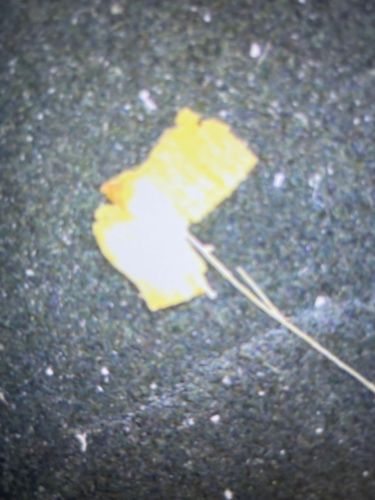Case-bearing Clothes Moth
Scientific Name: Tinea pellionella
Order & Family: Lepidoptera (Order), Tineidae (Family)
Size: Larvae: up to 10-12 mm (0.4-0.5 inches); Adults (wingspan): 9-16 mm (0.35-0.63 inches)

Natural Habitat
Indoors, particularly in dark, undisturbed areas such as closets, attics, storage chests, underneath furniture, and in areas where natural fibers are stored. They thrive in environments with moderate temperatures and relative humidity.
Diet & Feeding
Larvae feed on natural fibers, including wool, silk, fur, feathers, felt, and other materials of animal origin. They can also damage blends containing these fibers and sometimes synthetic fibers if they contain residues like sweat or food stains. They are known to chew through non-food items to reach preferred food sources.
Behavior Patterns
Case-bearing clothes moth larvae are known for spinning a silk case, often incorporating debris from their surroundings (like fibers from fabric, carpet, or dust). They remain inside this case throughout their larval stage, carrying it with them as they move and feeding on available fibers. The larva will extend its head and legs from one end of the case to move and feed. They prefer dark, undisturbed areas. Adults are weak flyers and are attracted to light.
Risks & Benefits
Risks: Significant pests of stored goods, causing extensive damage to clothing, carpets, upholstery, furs, and other items made of natural fibers. This can result in economic loss and damage to valuable heirlooms or personal belongings. They are not known to bite or carry diseases harmful to humans. Benefits: None in a domestic or pest context. In a broader ecological sense, as part of the decomposer community, they could play a minor role in breaking down natural organic materials, but this is negligible compared to their pest status.
Identified on: 9/4/2025